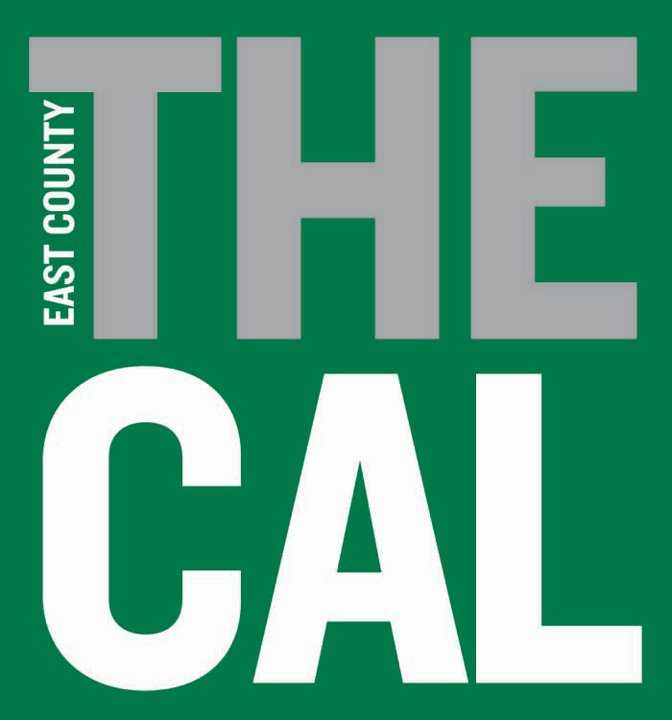San Diego County continued its effort to get community input on its affordable housing plan with a stop in Lakeside last week. The tour started in August with a regional workshop at the Planning & Development Services’ (PDS) headquarters in Overland, had a previous session in Valley Center and will have another one scheduled for Sept. 13 in El Cajon.
San Diego County continued its effort to get community input on its affordable housing plan with a stop in Lakeside last week. The tour started in August with a regional workshop at the Planning & Development Services’ (PDS) headquarters in Overland, had a previous session in Valley Center and will have another one scheduled for Sept. 13 in El Cajon.
The effort to make the process of solving the housing crisis an interactive endeavor started in April of this year. The County Board of Supervisors assigned PDS to look at the unincorporated areas throughout the county and find ways to “promote and expedite the building of homes (…) through incentive programs and or reduction in regulations” as part of a Housing Affordability Strategy that focuses on “short and long-term solutions for increasing housing supply, addresses regulatory and process barriers, and expands housing opportunities throughout the County,” as per the county’s website.
Andy Pendeloy with PDS used numbers to present a grim situation: the average price of a home in San Diego County is $550,000 compared to the $585,000 per home in the rest of the state. In order to afford such home, a family of four would need to have a minimum annual income of $105,000. The median income according to HUD is $81,000, creating a $23,000 gap, with half of all households spending more than one third of its income on housing.
The community shared opposing views during the public workshop in Lakeside.
Pamela Heatherington with the Environmental Center of San Diego said, “There is a big disconnect between the county and the people. The county is already giving up millions of dollars in incentives on housing projects that are already approved without requesting these developers to include affordable housing in their projects.”
Heatherington asked the county reps to consider the fact that “the encroachment is subtracting from the environmental sustainability and the quality of life for the people who already live here.”
While the general consensus seemed to be that San Diego, and in particular East County, needs affordable housing, there was also a resistance against the plan to target unincorporated communities as the only solution to this problem.
Beth M. from Lakeside said this plan “should not be a burden on all of us just because some people cannot afford houses in California,” but shared how difficult and close to impossible became for her to hire a contractor to build a granny flat on her property due to the complicated and expensive permitting process.
John S., another Lakesider, argued that “if placing more resources toward solving the poverty issue falls on us, so be it.”
On the other side of the housing crisis issue, the PDS employees raised up easels and posters, ready to use graphics and drawings to explain some of the possible solutions. People were asked to place colored stickers on the type of houses they see viable in rural, semi-rural and village areas. The single-family homes seemed to be the popular choices to the detriment of the multiplex that got zero stickers.
Under the General Plan Capacity and Transfer Development, the county proposes to create a system of transferring credits for construction units. For example, a land owner who only wants to build one family home on a parcel that is zoned for four units, would be able to either sell the remaining (potential) three units credit to the county who will act as a middle man or directly to developers on a special market the county will create.
Nichole Wright, Senior Planner at AECOM, said there will be a cap to the construction projects in order to control population density and the transfer will only be possible on pre-approved land that is already zoned.
People’s written comments mentioned the risk of bypassing the community’s input when construction projects would become a matter of developers trading credits and the county making money on transactions.
Another popular idea was the mandatory request to include housing for low income in every construction project in the county. Most stickers were placed on the proposed Comprehensive Inclusionary Housing Ordinance that would require projects of all sizes, above a minimum threshold, to provide 10 percent units as affordable. Other comments mentioned a scale would be fairer, as bigger projects should include more affordable housing.
According to CalFire, there were 4,732 fires since the beginning of the year until Sept. 9, causing damages on 616,697 acres in the entire state of California.
The community input along with the solutions proposed by the PDS will be centralized and presented to the board of supervisors this month. The board will meet on Oct. 10 when the public will be allowed to participate and comment. After that, the supervisors will decide on the final plan and will start implementing it in 2019 and beyond, while PDS will continue with the data collection and updates.














